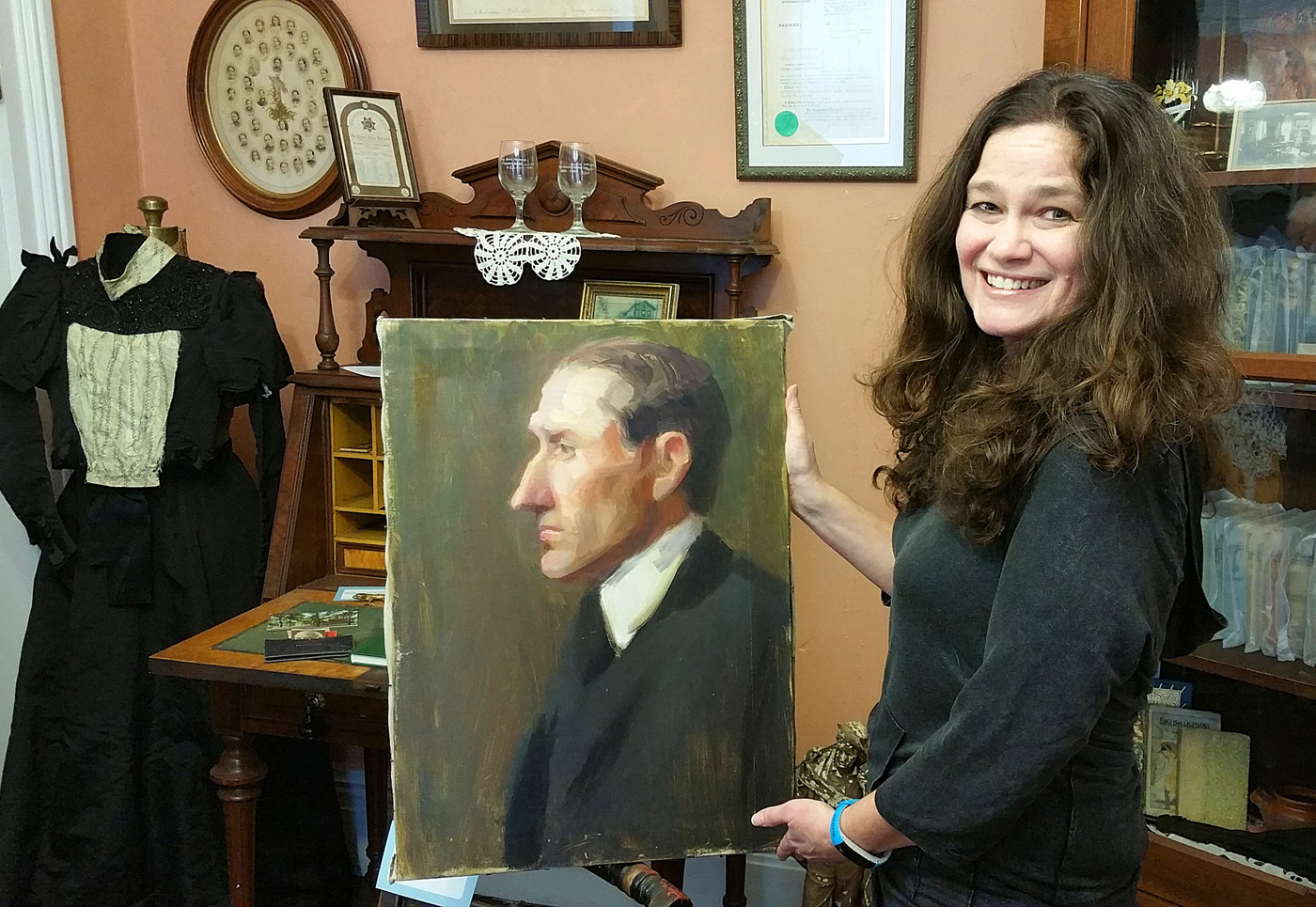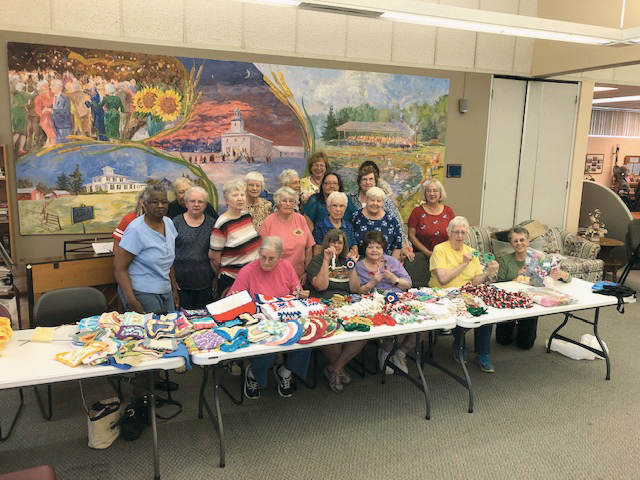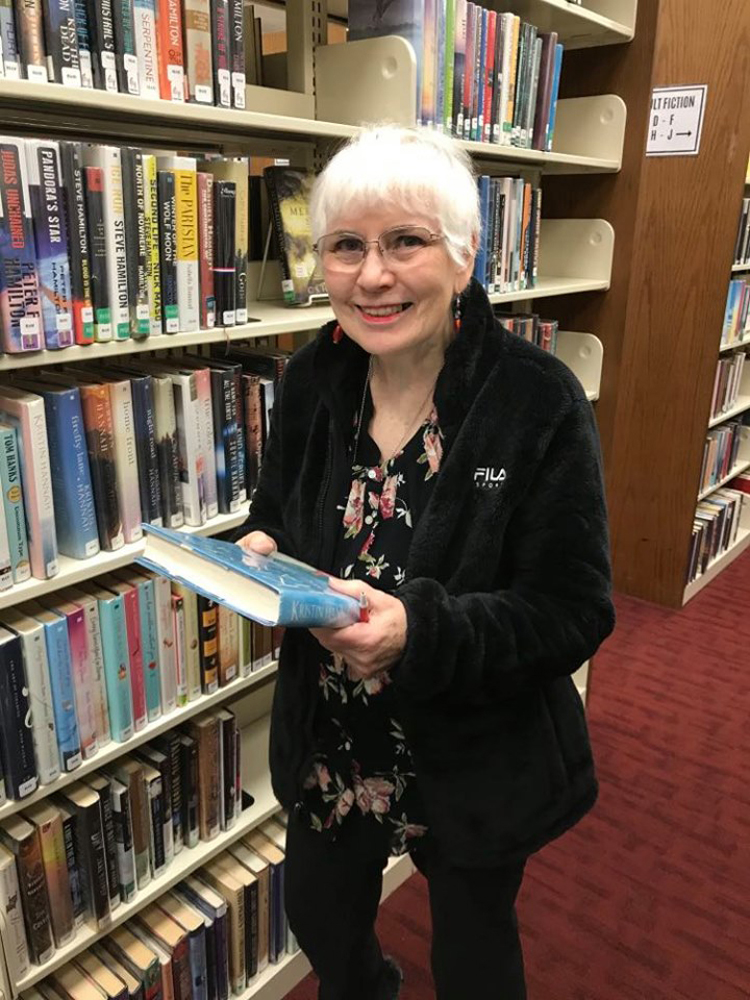Helen Hastings and Sarah Hart

Separated by a century, two Brockport artists may impact the art world
Helen Hastings was a Brockport resident in the early 1900’s. She and current Brockport resident, Sarah Hart, are two artists who trained in the same unique “Sight-Size” method used in classical oil painting for centuries. Their studies took place at a great distance from each other in the world. They were also far apart in time by nearly a century. In that interim, Sight-Size came close to vanishing when it was rejected by the art world due to modern influences at the turn of the 20th century.
Hart “met” Hastings recently through her art work which was discovered hidden in an attic trunk in Hastings’ former home on State Street. With Hart’s ongoing examining and explaining the work, the hidden Hastings treasure may become an enhancement to understanding the Sight-Size method, now revived.
The potential impact of Hastings’ art work
Helen Hastings was a student at the Philadelphia School of Art from 1899-1903. Under William Merritt Chase and Cecelia Beaux, she studied and carefully practiced the Sight-Size method when it was flourishing.
Brockport resident Sarah Hart teaches classical painting in her Brockport studio and at Rochester’s Memorial Art Gallery. She spent four years of post-graduate studies at the Charles Cecil Studios in Florence, Italy, in the early 1990’s (see footnote). “My school was the last one in the world teaching Sight-Size portraiture,” Hart said.
Their paths crossed, providentially it seems, when Hart recently was led to a trunk full of Hastings’ art work as a student. The paintings, sketches and notes were stored by Hastings in the attic of the Seymour home in Brockport. Hastings was a relative of the Seymours, one of Brockport’s founding families. That attic in the Seymour home is part of the Brockport museum which Hastings founded, now named the Emily L. Knapp Museum.
“As soon as I saw the work, I knew she was trained in Sight-Size,” Hart said about the trunk’s contents. “When I studied in Florence, I had lamented the loss of this style of education. This was the last Sight-Size school of portraiture, I thought at the time. But, now we have found Helen and her thorough work that demonstrates the painting method.” Hart notes that Sight-Size has re-emerged since she lamented its demise 20 years ago. “There are lots of schools in the U.S. teaching it now.”
Hart is excited about what the Hastings collection can add to the teaching. “Helen was able to create what she was taught,” Hart said, adding, “Anybody can be taught, but it does not mean you are good at it.” Untouched for decades, the trunk contained 109 oil paintings of mostly portraits, cast paintings, figure paintings, still life, and figures clothed and nude. And, there also were many sketchbooks with critiques, sketches, and personal information stored by Helen Hastings. These artifacts “fully cover the whole breadth of what we learn in this school,” Hart said. “The Helen Hastings find is unique and quite possibly nationally important.” On April 28, Hart will give a presentation on her findings (see sidebar).
Anticipation, discovery, and destiny
The discovery of the Hastings collection was the culmination of several events which, in retrospect, had destiny hidden in them. One was finding the trunk and a long delay in opening it until what seemed the right time. Another was a series of incidents when Hart mysteriously was finding pennies on the ground. A third was Hart’s and Hasting’s connection with teacher-artist Cecelia Beaux.
Discovery as “dessert”
The discovery of the trunk came during a project to reorganize the Emily Knapp Museum. Since 2013, Sue Savard and her team of volunteers have made remarkable progress in restoring the collection (see footnote).
Early in the project, Savard and others went into the attic of the home to sort and clear out a clutter of items. “There was a trunk in the attic that I did not bother to open because there were too many other things I felt were more important,” Savard said. “As time went on, in early 2014, with more free time, I opened the trunk. On top were a couple of paintings on stretchers, sitting on what appeared to be old papers, old books, magazines, and envelopes.” She closed the trunk without probing into it. A year later, she opened the trunk again. Still curious but waiting for the right time, she said, “I closed the lid, but I never forgot the trunk, thinking to myself, “That’s going to be my dessert.”
About four months ago, Savard delved into the trunk, finding the great treasures from Helen Hastings’ experience as a student in the Philadelphia School of Art. She asked Hart if she would assess the collection and determine its significance in the art world.
With an intuition about the importance of the trunk’s contents, Savard had waited over two years for the promising moment to discover the mysterious contents of the trunk. Indeed, it proved to be “dessert,” a treat for Sue Savard, for the museum’s supporters, for Sarah Hart, and potentially for the wider art world.
Pennies and a premonition
“It’s amazing,” Hart said. “I’ve had this strange experience for the past several months; I have been finding ridiculous amounts of pennies laying around.” She asked her son if he knew of others finding pennies. “He said, ‘That’s weird. No one is finding pennies.’ ” Soon after, they went to Hart’s in-law’s home. Her son looked on the ground and picked up a penny. In advance of the Hastings discovery, Hart asked herself, ‘What is going on?’ Yesterday I found two in the parking lot. What am I going to find next? I feel like it’s leading up to something.”
The Cecelia Beaux bridge between artists and across a century
At Hart’s first sight of the Hastings collection, she said, “The artwork reminded me of John Singer Sargent and Cecelia Beaux. They could have painted these.”
Helen was a student of William Merritt Chase and Cecelia Beaux from 1899 to 1903. Hart’s first look at the collection was correct regarding the Beaux influence. “We have all Helen’s diaries reporting critiques by Beaux and Chase,” Hart said.
Since the discovery of the collection, “I have been educating myself again, reading this stack of books,” Hart said, pointing to the books near her on a table during the interview. She spoke of wanting to revisit her “art heroes,” after being inspired by finding the Hastings collection. Among her books was Background with Figures, Cecelia Beaux’s autobiography which she had purchased seven years ago.
“Cecelia Beaux wrote her book (in 1930) because she knew this kind of education was already obsolete, but wanted to keep its merits alive.” Hart continued, “Cecelia Beaux is a famous artist, right up there with Mary Cassatt. I will expand on her in my talk, so we can understand who she is.
“This whole connection is very serendipitous,” Hart said. “I sense the importance of the coincidence that has brought us together. It is making me refocus on the Sight-Size method Helen and I both learned. I feel like right now my job is to convince Brockport of the significance of her work, and what a treasure we have.”
See companion article below:
Getting to know Sight-Size and the Boston School
by Sarah Hart
Helen Hastings used a rare and specialized portraiture method called Sight-Size. Sight-Size is a method to make paintings the same size as what is being observed. It was practiced by American John Singer Sargent.
We imagine the artist seated and stationary at an easel. However, with Sight-Size the artist places the easel beside the model and backs up (three to four meters), continuously walking back and forth between easel and appropriate distance to gain perspective. Ultimately the picture is rendered the same size as the model. Sight-Size, coupled with another skill called “how to see,” is what makes Hastings’ work extremely specialized.
Circa 1500, Da Vinci discovered the science of how the eye sees cast shadows, rather than outlines. Learning to see cast shadow and translating this observation to a painting was a pivotal moment in the art world. The Mona Lisa is one of the earliest examples since the ancient Greeks and Apelles. Seeing cast shadow is taught with white plaster casts. The casts, without color, help train the eye. The Louvre had one of the finest cast rooms in the western world. In fact, the Memorial Art Gallery had a cast room when it opened in 1913.
Sight-Size and “learning to see” ultimately became associated with the ivory tower of elite artists of the academies of Europe, only later to be rejected by modernism. Photography and modern art took over. The ivory tower was toppled.
Today, the Sight-Size method survives thanks to The Boston Museum’s dismissed teachers’ pupil, Ives Gammell. Gammell persisted with this method, teaching and encouraging a new generation of painters. Presently, this group and style of painters are known as the “Boston School,” one of its most famous members being William Merritt Chase, one of Helen Hastings’ teachers. Charles Cecil was the only pupil of Ives Gammell to found a school. Today he runs the Charles Cecil Studios where I studied for four years in Florence, Italy.
•Hart’s studies in Florence — https://westsidenewsny.com/news/2012-01-08/the-journeys-of-sarah-hart/
•The Knapp Museum project — https://westsidenewsny.com/features/2017-02-05/the-emily-l-knapp-museum/
Brockport’s Mysterious Discovered Art Treasure
When: Friday, April 28 from 7 to 9 p.m.
Where: New York Room, Cooper Building, 350 New Campus Drive, The College at Brockport
•A presentation by Brockport artist Sarah Hart and village historian Sarah Cedeño
•Slide show of many of Helen Hastings’ paintings
•Introduction to her teachers William Merritt Chase and Cecelia Beaux
•Historical perspective on “Sight-Size” teaching methods and why the find is unique
•“Sight-Size” portraiture demonstration
•Questions and Answers, refreshments served, free admission




